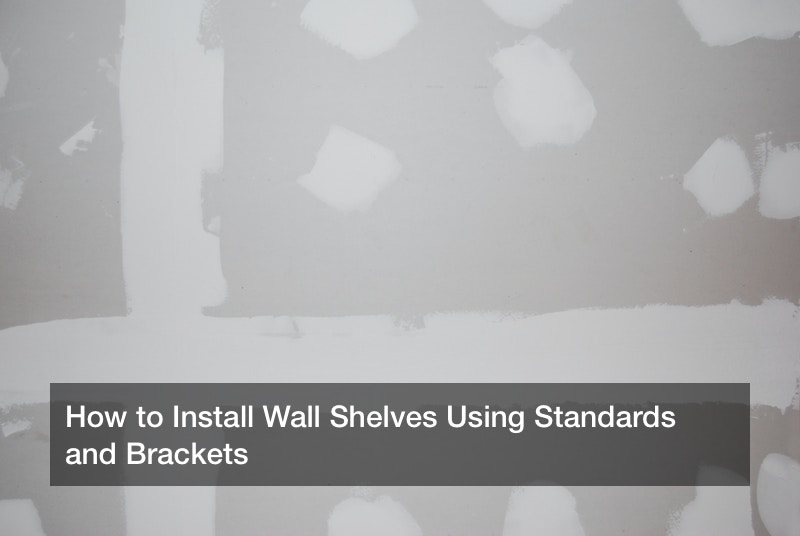

Wall shelves are a common feature in many homes but it is the different form on installing them that make the difference. Brackets are preferred as they tend to be less expensive and readily available. They are also easy to install and will not require professional expertise to be installed at home unless you are not sure about the DIY approach to the installation. When choosing cabinet and shelf hardware such as floating shelf mounting hardware, cabinet door locks, cabinet furniture knobs, cabinet latches, adjustable shelving hardware and many more, it is always a good idea to have some knowledge regarding how to choose the right hardware. Technical knowledge with floating shelf mounting hardware is not a requirement but people with some skills in woodwork have an upper hand when it comes to choosing the right floating shelf mounting hardware. Installing the brackets involves attaching some metals vertically to your wall and using screws to hold them metals to the walls. Brackets are then placed on the standards so that they can hold the shelves. There are different types of brackets and standards. There are those that are used to hold lightweight shelves while others are for heavy duty application. For heavy duty use, the double slotted brackets are a popular choice and are readily available in stores and other online retail platforms. So what is the process of installing standards and brackets for floating shelf mounting hardware?
Plan for the Project in Advance
The best way of achieving success in any project is by having a plan. This means that you should have clear goals on how you want the outcome of the project to be. Once you have identified the walls that you want to install the shelves, come up with a sketch plan. Having a sketch will therefore require you to figure out how low or high the shelves should be. You also need to have a plan on the number of shelves and how long they should run. With a sketch in mind, you can therefore move into shopping for the required material for the project. For the standards, the best approach is to buy standards that are approximately 12 inches longer for the distance between the top and the bottom shelves. This move offers flexibility regarding how the shelves are arranged. Paint any holes on the wall before assembling the shelves. Locating the studs is a little bit more complex but you can use a stud finder to locate them. A stud finder locates studs on drywall by sensing the screws or nails holding the drywall to the studs. Mark each location of the stud and mark the area. Rather than using a pen marker, use a small piece of paper to mark the location of the stud.
Plan the Location of the Shell Standards and Attach the Shelves
Once you have identified the location of the studs, move into determining the best location for the standards. A bookshelf for example requires that the standards are installed at least 32 inches apart while the studs are located 16 inches apart. Attach the standards to each stud. It is important to first read the manufacturer’s instructions especially if the project will involve heavy loads. You can then use the instructions to determine the spacing of the standards. Attaching the standards is a DIY kind of task and can be done by a single person although it is highly recommended that you have some help. Once you have installed the shelf standards, move into installing the brackets. For a typical book shelf, the shelf brackets are between 5 inches to 24 inches deep. The shelves should not necessarily be of the same depth. A unique way of installing the shelves is by having them increase in depth from top towards the bottom. This allows you to place larger items at the bottom shelves while lightweight items are placed at the top shelves. The next time you are considering buying floating shelf mounting hardware, having some knowledge regarding some of the materials required for the project will save you a great deal of time and a near-perfect project.